
Vibrant Environment
Oceans And Coasts
All | Biodiversity | Climate Change and Sustainability | Environmental Justice | Governance and Rule of Law | Land Use and Natural Resources | Oceans and Coasts | Pollution Control

The Mississippi River Delta and Louisiana coastline are disappearing. Since the late 1920s, efforts to control the Mississippi through levees and dams have impeded its natural ability to deposit sediment downstream, contributing to large-scale land loss. It’s estimated that Louisiana’s coastal parishes lost roughly two thousand square miles of land between 1932 and 2016. As rising seas driven by climate change threaten to further consume the Gulf coast, there is an imperative to address the growing problem of shrinking landmass. Confronting this threat with a sense of urgency will allow for preservation of Louisiana’s communities, economies, and cultural resources into the future.


For the past few decades, it has seemed as if deep-sea mining was going to happen any minute. Or any year. The world is much closer to deep-sea mining than it was before, but that doesn’t mean countries, companies, or technology are any more ready to take on the challenge and unexpected impacts of this largely unknown area.
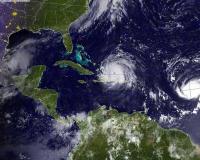
The National Oceanic and Atmospheric Administration (NOAA) reported in August that this year’s Gulf of Mexico dead zone was unexpectedly small—in fact, the third-smallest ever measure in the 34-year record. Interestingly, this comes just two months after NOAA had forecasted a larger-than-average dead zone in early June. The cause of this shift appears to be Hurricane Hanna, whose large, powerful waves agitated the water column, disrupting algal accumulation in the Gulf.
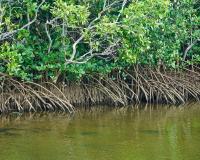
From land, the small, shrub-like mangrove trees that line tropical coastlines appear rather ordinary—a closer look, however, tells a completely different story. Hidden underwater, mangrove trees have spindly roots overflowing with marine biodiversity. These roots allow mangroves to survive in brackish coastal waters, an environment most trees could never tolerate. Just like their peculiar beauty, mangroves’ importance in the global carbon cycle is also widely overlooked. Mangroves are critical blue carbon sequesters, storing thousands of tons of carbon dioxide in their oxygen-poor soil.
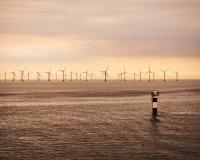
As our global energy demand continues to rise, our dependence on renewable energy sources will inevitably increase as well. The offshore wind industry is a fairly new sector within the energy space. Although the United States is already one of the world’s largest onshore wind energy markets, there remains a substantial amount of growth potential off of our shores.

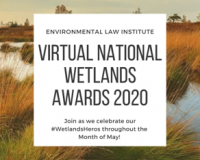
The Environmental Law Institute (ELI) is pleased to announce the winners of the 31st Annual National Wetlands Awards: Mark Beardsley; John W. Day Jr.; Trinity Favazza; Ted LaGrange; Sam Lovall; and Robert Wade. Together, these awardees have restored, researched, and protected thousands of acres of wetlands nationwide; their examples have inspired many members of their community to act and make a difference to protect and improve these vital natural resources.
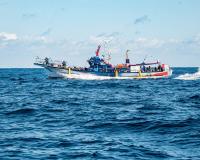
How do you regulate something as extensive and vast as the ocean? Its deep blue waters expand around the globe and contribute significantly to our life on land. The ocean provides us with a source of food, oxygen, and climate regulation, all of which contribute importantly to the global economy.
